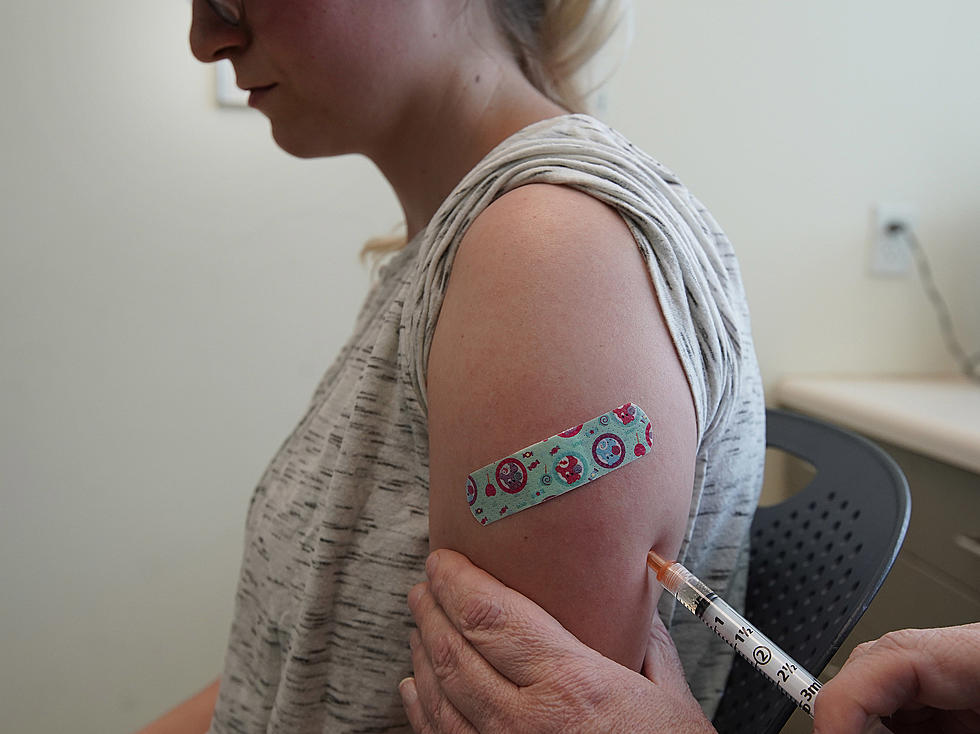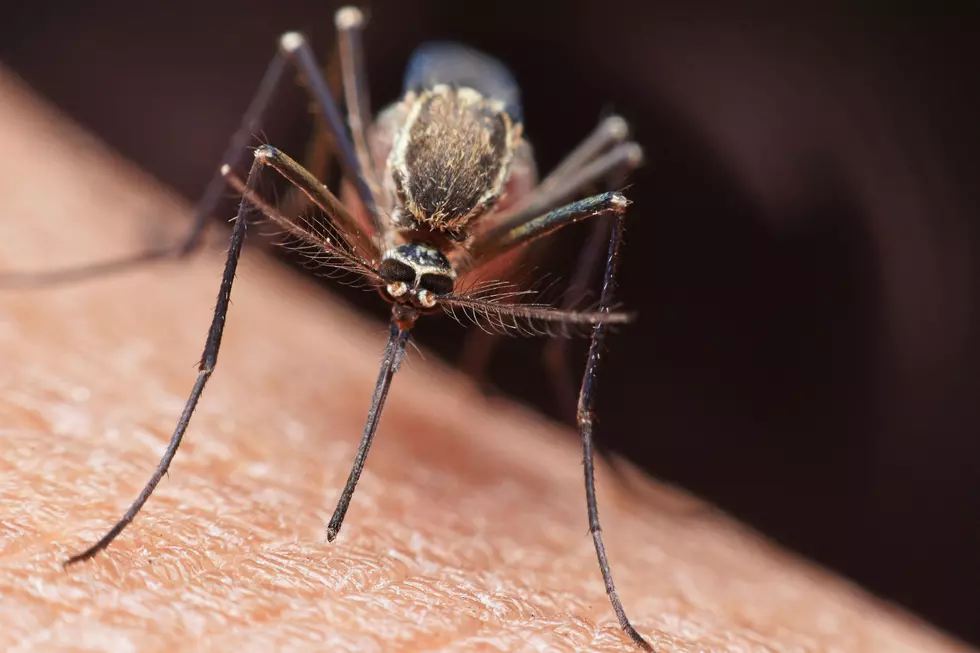
Rising STDs in Wyoming Causing Concern for the Department of Health
The Wyoming Department of Health (WDH) encouraged extra prevention strategies and testing for residents in a press release on Wednesday due to increases in sexually transmitted infections (STIs) across Wyoming.

From 2020 to 2021, Wyoming had a 23.6% increase in cases of chlamydia, a 33.5% increase in gonorrhea, and a 35.5% increase in syphilis cases.
In Wyoming to date in 2022, there have been around 982 cases of chlamydia, 175 cases of gonorrhea, and 35 cases of syphilis reported.
The most commonly diagnosed STI in Wyoming is chlamydia.
Across the country in 2020, Wyoming ranked 47th in terms of total STI cases per 100,000 at 497, with Vermont ranked 50th with 334 cases and Mississippi at the top of the list with 1,784 cases per 100,000, followed by Louisiana and Georgia.
Dr. Alexia Harrist, state health officer, and state epidemiologist with the WDH, said in the release:
"If left untreated, these infections can cause long-term pelvic or abdominal pain, an increased risk of getting HIV, infertility, pregnancy complications, stillbirth and infant death...For healthier pregnancies and babies and to help prevent congenital syphilis in babies, repeat testing should be provided throughout the pregnancy when certain high-risk situations apply."
According to the release, overall STI testing was down in Wyoming in 2020 and 2021 compared to previous years, possibly leading to undiagnosed and untreated STIs in the state, though no exact numbers were provided.
STI prevention strategies suggested by the WDH include:
- Abstaining from all types of sexual contact
- Getting tested before starting a new sexual relationship
- Ask potential sexual partners if they have been tested since their last sexual partner
- Consistent and correct condom use with sexual contact
- Limiting the number of sexual partners
- Routine testing for STIs
Leslie Fowler, Communicable Disease Prevention Program manager with WDH, said in the release:
"While STIs sometimes make their presence known through symptoms like itching, burning, discharge or visible sores, most people have no symptoms," Fowler said. "Also, many people are not aware that while these infections often occur in the genitals they can also occur in the throat and rectum so it’s important to ask your provider about extra-genital or three-site testing to identify these infections, as all untreated STIs can have serious health consequences... We always say, the only way to know your STI status, for sure, is to get tested."
The site KnowWYO has STI information, free condom resources, low or no-cost testing, at-home testing options, and STI treatment, with more information also available on the WDH's website.
Increased risk of STIs, HIV, and viral hepatitis include:
- Sexual contact without protection
- Sex with multiple partners
- Survivor of sexual assault or sexual abuse
- Sexual contact while drunk or high
- Intranasal or injection drug use
- Anonymous sexual contact
Answers to 25 common COVID-19 vaccine questions
10 Reasons NOT to Move to Wyoming
More From K2 Radio









